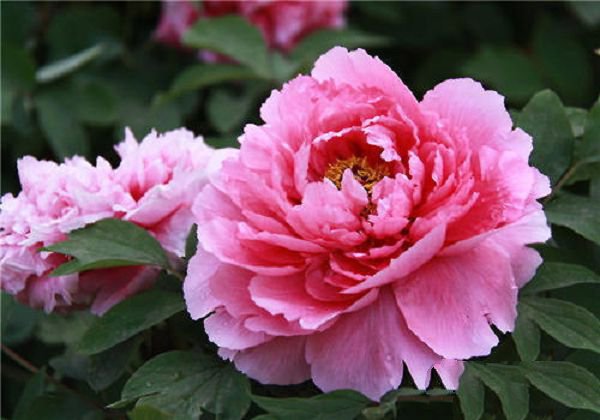What if the flowers do not blossom or are rare?
1. Growth and development stage: after the seed is sown, it must go through a certain period of infancy before it can enter the adult stage of reproductive growth. Therefore, flowers that are still in their infancy cannot blossom even under perfect environmental conditions. The time of juvenile stage of different kinds of plants or different varieties of the same kind of plants is different, ranging from 1 to 2 years to several decades, such as pomegranate from sowing to flowering, but some varieties can blossom as soon as they are sown in the same year. If the vegetative organs of the young stage are used as the breeding material when the flowers are propagated (such as cutting, striping, grafting), then the propagated plants are still in the young stage and will not bloom in a certain period of time.
two。 Malnutrition: the flowering of plants needs adequate nutrition. If there is no adequate supply of fertilizer, or if the plant growth is very weak because the pot is too small or not turned over for a long time, it will not be able to provide sufficient nutrients for flowering. As a result, there is no flowering or less flowering. For example, jasmine can blossom continuously from June to early October, which needs to consume a lot of nutrients. If it is not supplied with enough fertilizer and water in time, it will affect its normal flowering.
The saying that "clear water jasmine does not blossom" (only watering but not fertilization). If the plant is not supplied with fertilizer and water, and the vegetative growth is weak, there will be no flowers or flowers will bloom very little.
3. External environmental conditions: when temperature, light, water, fertilizer and other external environment can not meet the habits and growth requirements of the flower boat, the plant will not blossom or blossom sparsely.
Temperature: flowers need a certain temperature to bloom, such as jasmine at 25X: above to conceive buds, buds above 30 degrees to develop well; and cyclamen below 5-6 degrees, can not form buds.
4. Lighting: some flowers, such as pomegranate, Fusang, rose, jasmine, Milan and so on, like plenty of sunlight, will grow poorly in too shady places, blossom late, blossom little, or even do not blossom.
5. Moisture: some flowers in the flower bud differentiation period, that is, from vegetative growth to reproductive growth, need to properly control water, in order to inhibit vegetative growth, promote reproductive growth, conducive to flower bud differentiation and multi-flowering.
6. Nutrients: in the stage of flower bud differentiation, if too much nitrogen fertilizer is applied, the plant is easy to grow and result in late flowering, less flowering or even no flowering. The application of more phosphate fertilizer can promote flower bud differentiation and flowering.
1) massive defoliation: before flower bud differentiation, if there are a large number of fallen leaves due to infection or harm of diseases and insect pests, allergies to certain pesticides or rotting roots, it will seriously affect the nutritional synthesis necessary for flower bud differentiation, thus hindering flower bud differentiation and leading to no flowers to see. For example, if the cuckoo needs 8-10-leaf branches to differentiate into flower buds, such as plum blossoms, if the fallen leaves occur before late July, they can not form flower buds, and the fallen leaves can only form a small amount of flower buds before the middle and late August. If the leaves fall after the middle of September, because the flower buds have been formed, it will no longer affect flowering.
2) unreasonable pruning: if the pomegranate blossoms on the current year's branches, there are generally 1-5 flowers per fruiting branch, of which one is terminal and the rest are axillary. Therefore, the short pruning method can not be used during the growth period, so as not to cut off the flowering part and affect the flowering.
Related
- What if the leaves of potted flowers turn yellow?
- Florescence Control of several Flowers
- Anti-freezing technology and post-freezing nursing technology of flowers
- What is the classification of flowers? What are the common methods of flower classification?
- Prevention and control of alkali and acid damage of flowers in courtyard
- Technology of Anti-freezing and restoring growth of Flower seedlings in greenhouse and greenhouse
- How does flower fertilization not hurt the root? Fertilization technology of flowers
- Key points of disinfection in flower greenhouse
- Several pesticides that are banned or used cautiously in flowers
- How to fertilize the flowers that watch the leaves?



